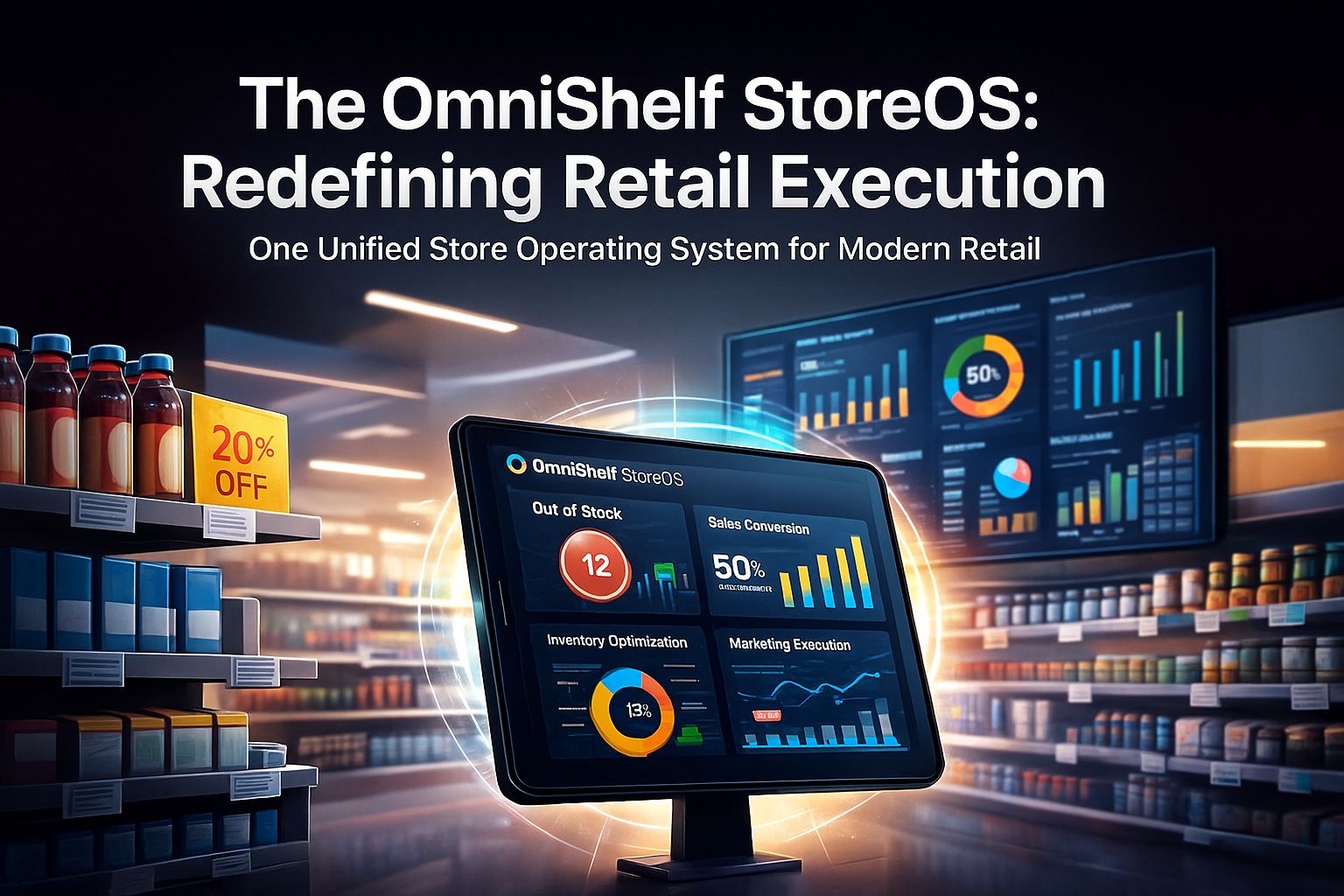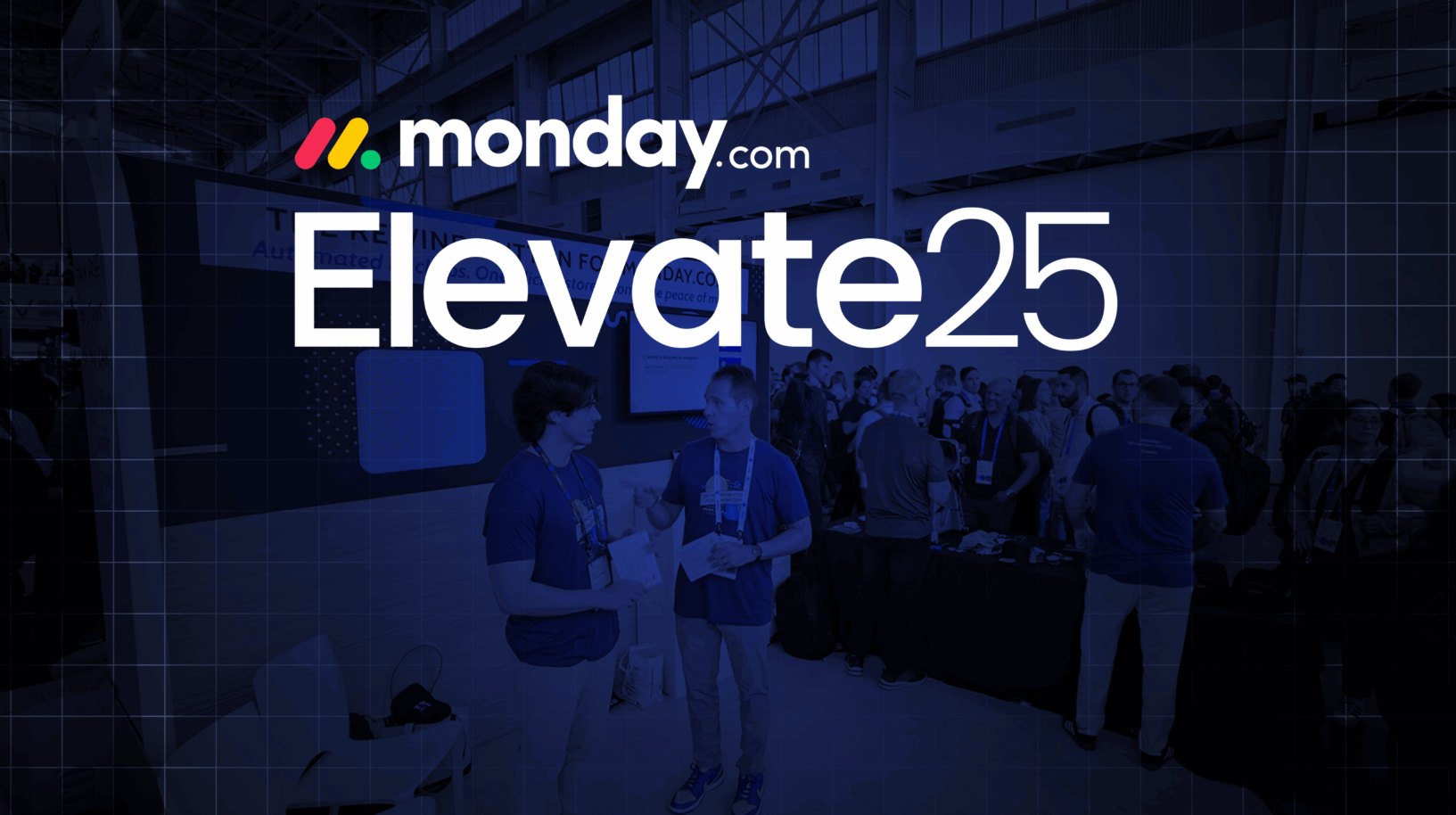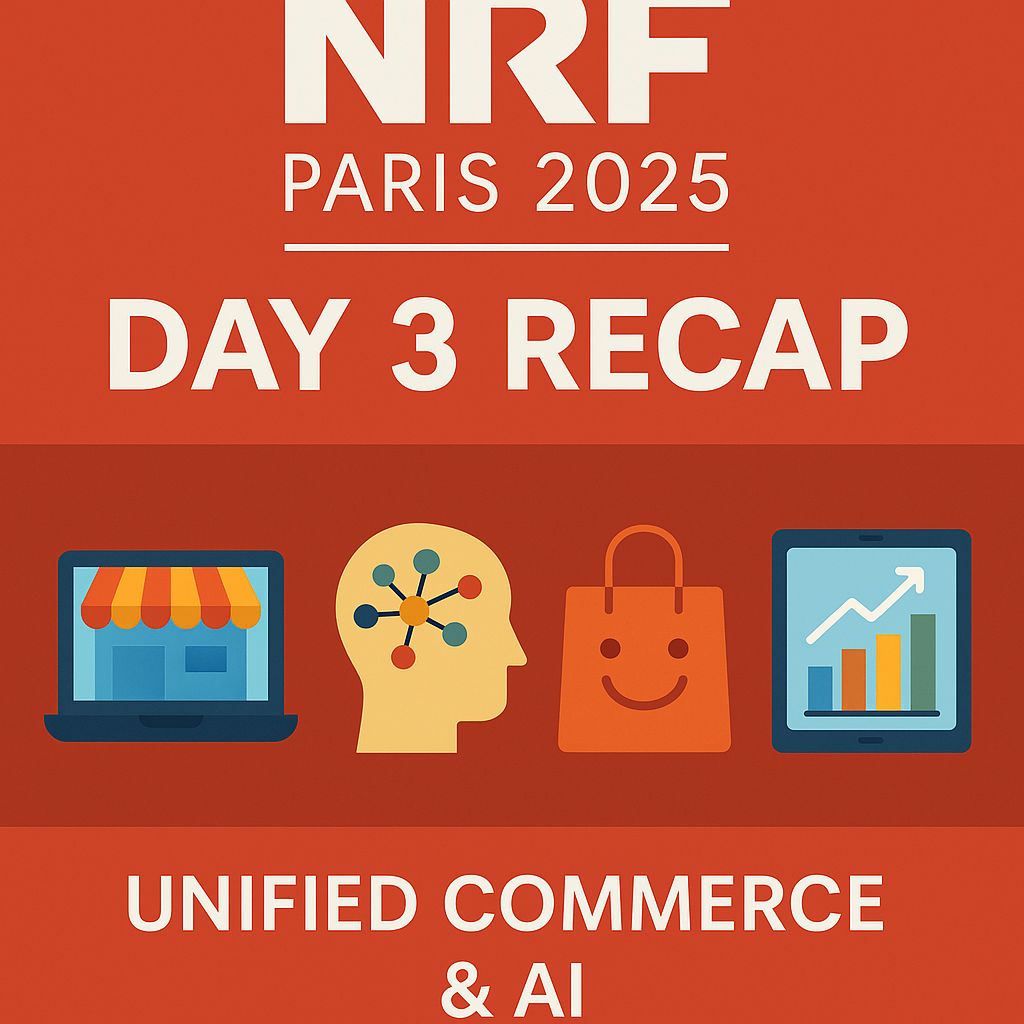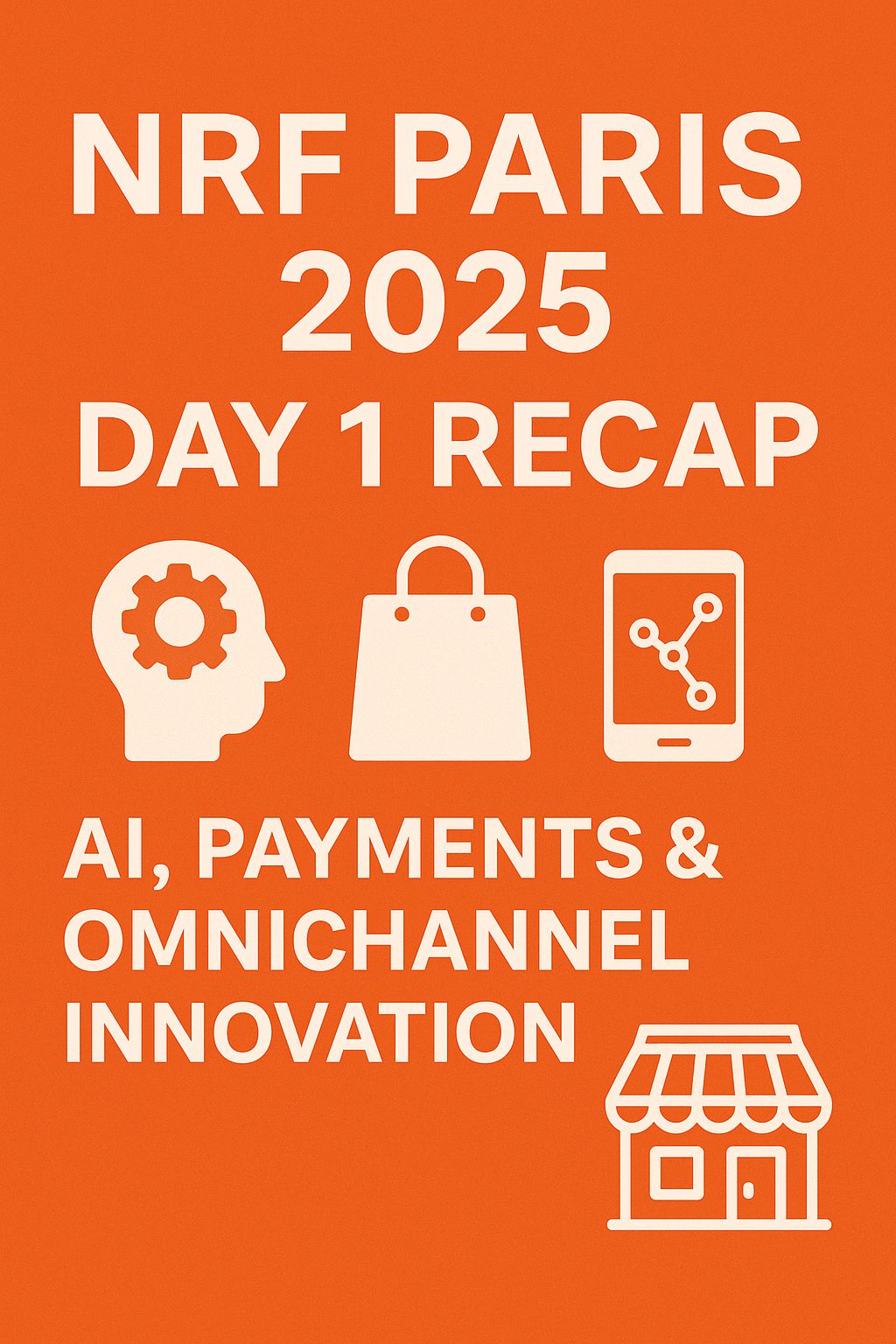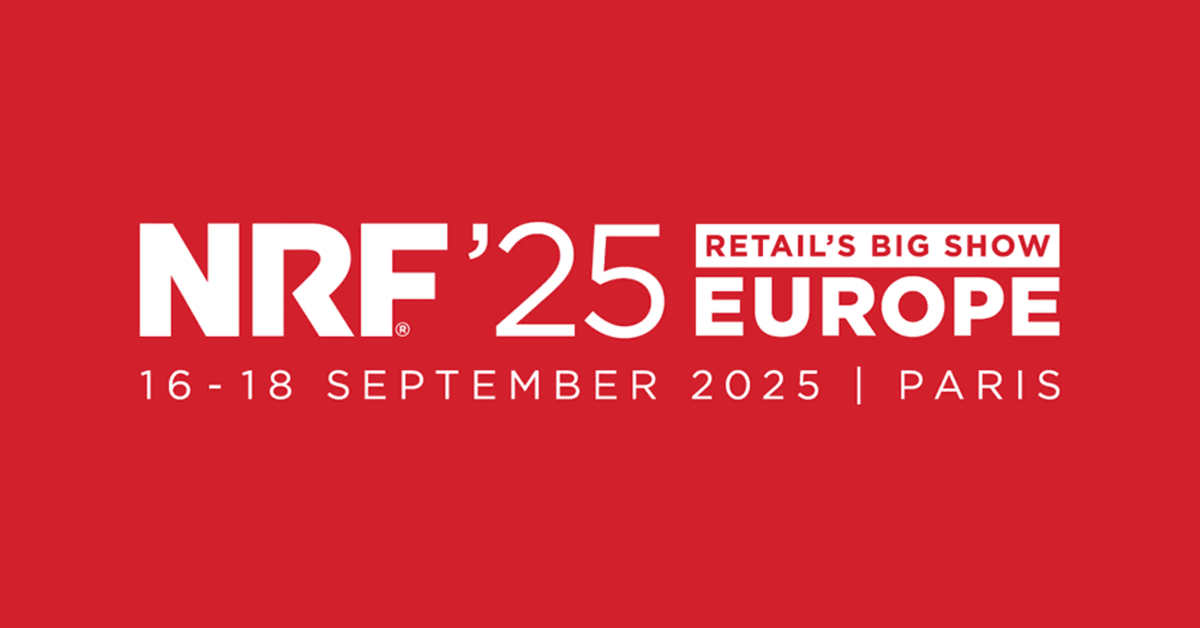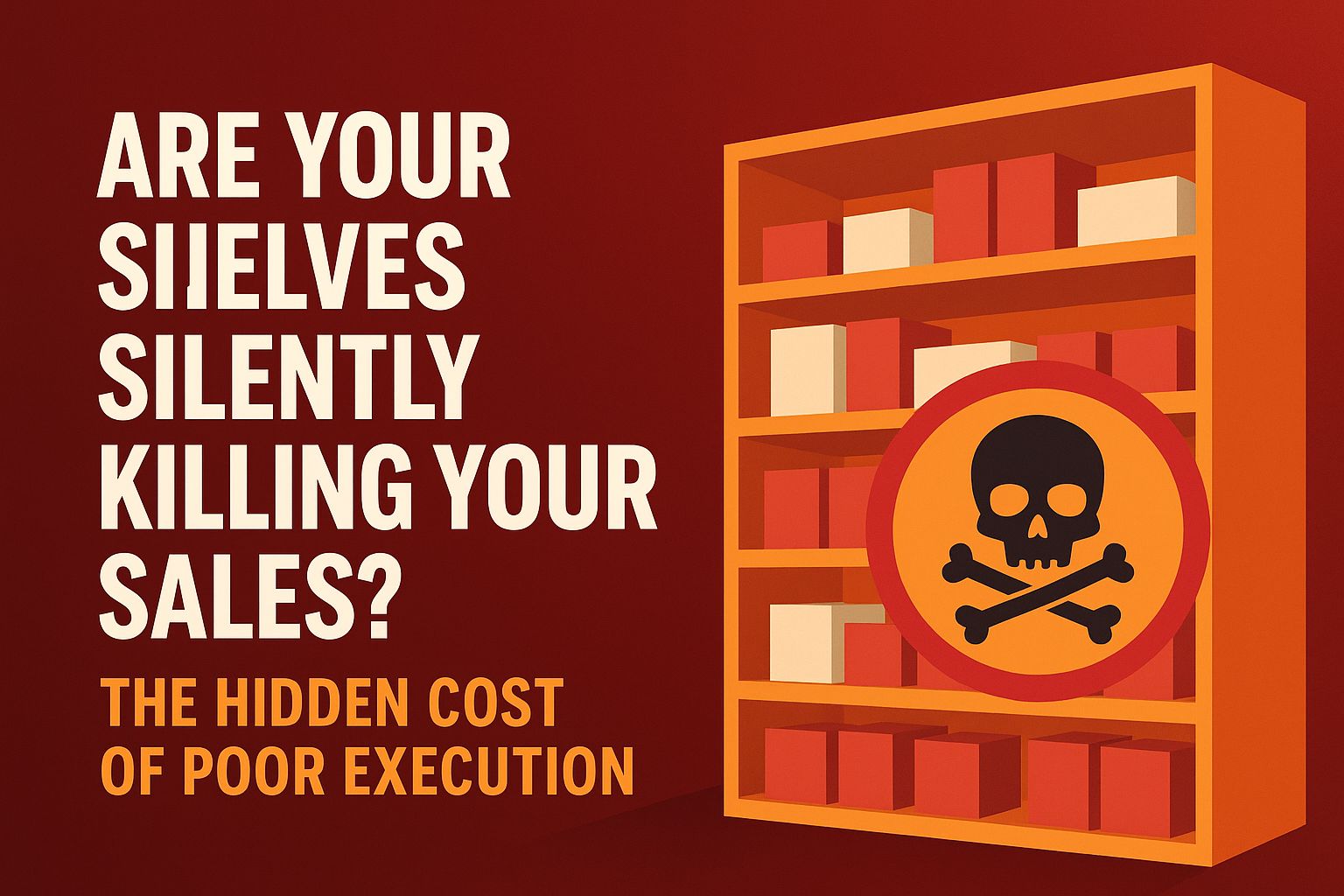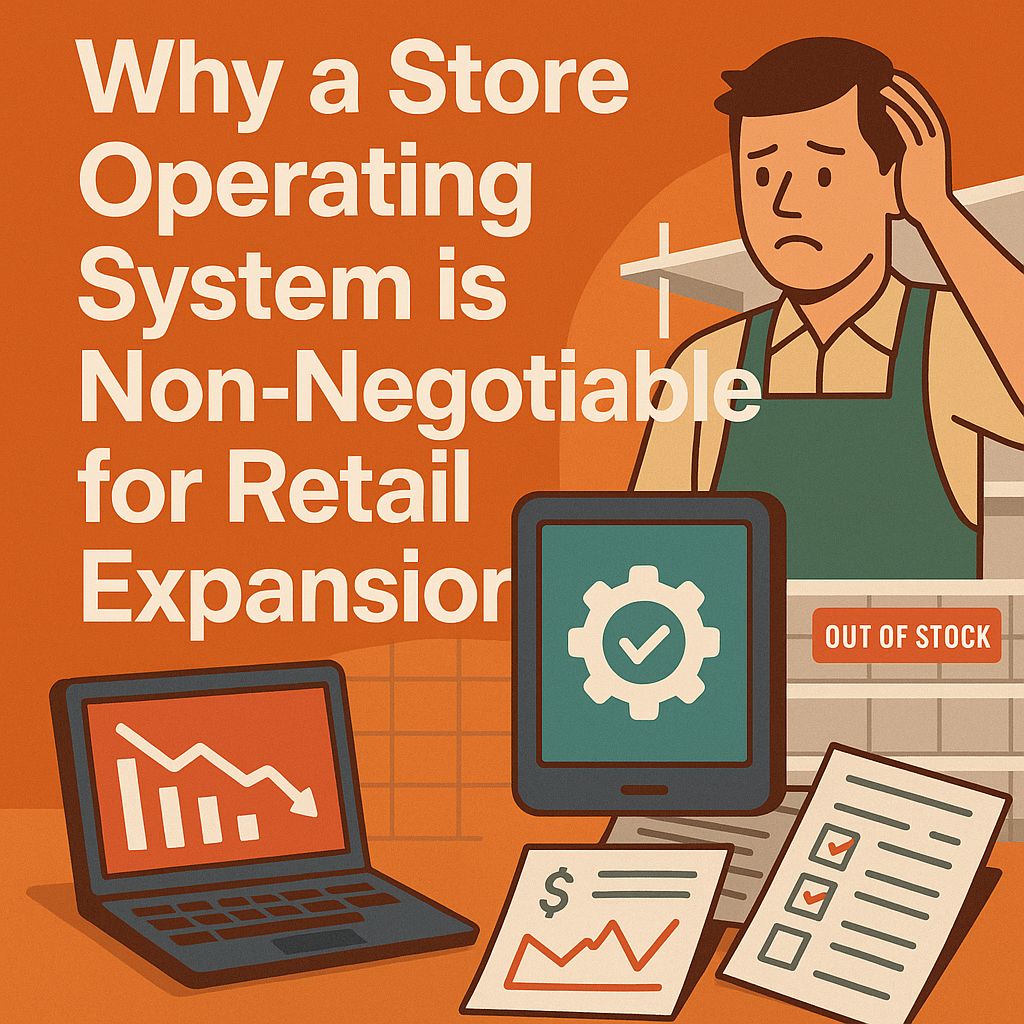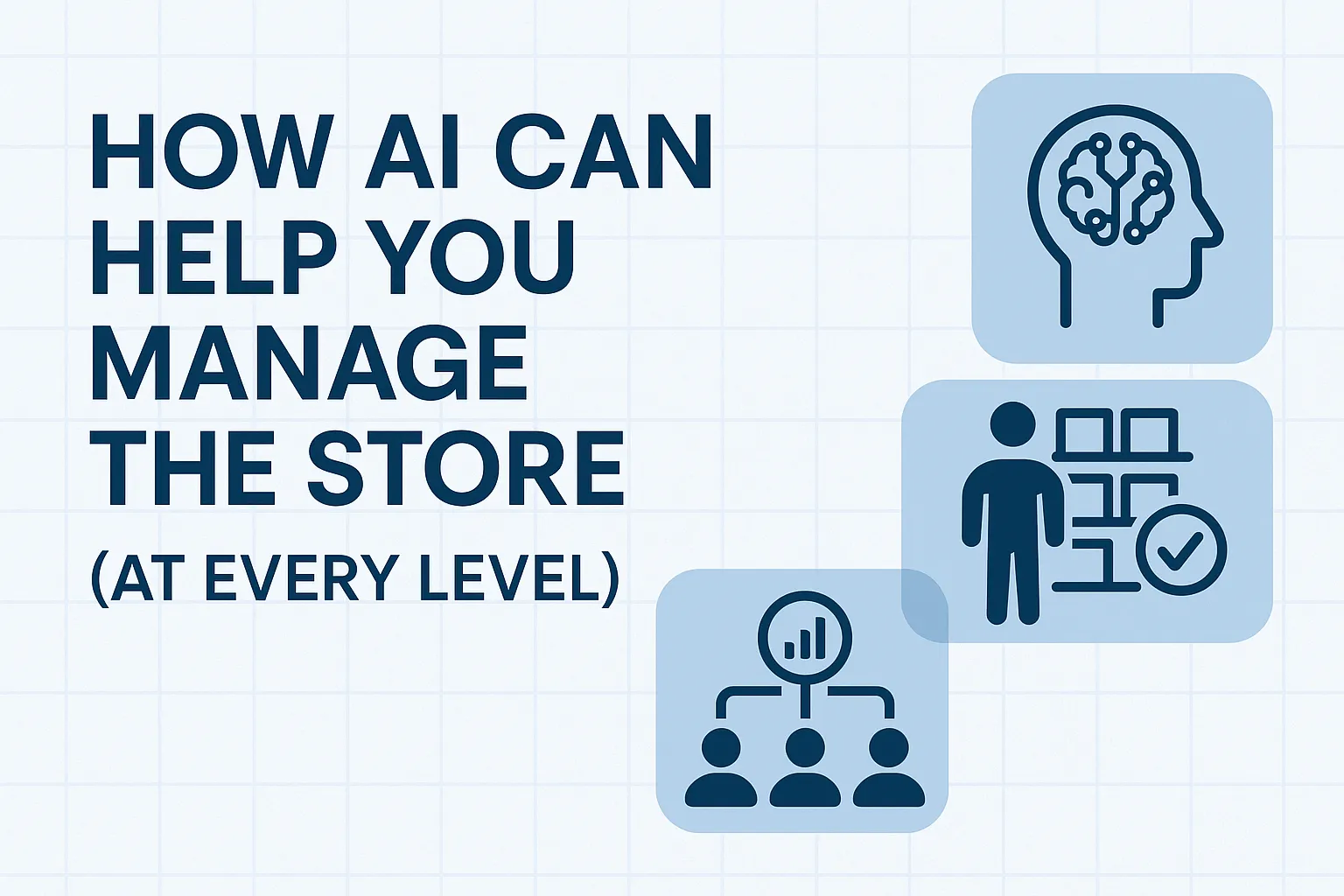Retail
The Trillion-Dollar Problem: How Poor Shelf Execution is Costing Retailers Billions
Poor shelf execution is costing retailers billions. This blog explores how out-of-stocks, pricing errors, and misplaced items sabotage sales and erode trust—even when products are in-store. Learn why traditional methods and outdated tech fall short, and how OmniShelf’s AI-powered, real-time shelf operating system helps prevent lost revenue, even without internet access.

Reading Time
0 Minutes
Table of Contents
Expand
Authored By

Lukasz Piotrowski
CEO & Founder
In retail, customer trust and brand loyalty are won or lost at the shelf. No matter how effective your marketing or product planning, if a product isn't available, accurately priced, or properly displayed, sales are lost.
This isn't a minor inconvenience; it's a monumental drain on revenue. Globally, inventory distortions, including out-of-stocks and misplaced items, cost retailers an astounding $1.8 trillion each year. Approximately 25% of out-of-stock events occur because products are actually in the store, but simply sitting in the backroom or on the wrong shelf, hidden from shoppers.
Poor shelf execution, encompassing stockouts, misplaced items, pricing errors, and inconsistent planogram compliance, means frustrated customers often turn to competitors, with many never returning. This pervasive challenge highlights a fundamental operational flaw, demanding a strategic shift from reactive problem-fixing to proactive prevention at the crucial point of sale: your store shelves.
The Hidden Costs: How Poor Shelf Execution Eats Profitability
Store shelves don’t stay perfect for long. Without regular checks, planogram compliance (how well products follow the store’s layout plan) drops below 50%. In just one week, it can get 10% worse if nobody fixes it! As a result:
- Products end up in the wrong spots.
- Prices don’t match the promotions.
- Frustrated customers can’t find what they need.
- This leads to declining sales and lost brand loyalty.
This costs stores billions in lost sales and makes promotional efforts less effective.
Changing prices by hand takes time and leads to errors. If a sale price is wrong or missing, customers get frustrated. Some even walk away without buying! These mistakes can cost stores 3–5% of their yearly profits.
Correcting errors quickly is challenging due to limited budgets and busy staff, a problem made worse by high employee turnover. Lacking appropriate tools, employees waste time on manual inspections rather than assisting customers.
Many stores rely on outdated reports instead of real-time updates. This keeps them stuck in "react mode," always fixing problems instead of preventing them.
A study by Zebra Technologies found that 81% of store employees want better technology to improve accuracy and keep shelves stocked.
Shelf execution problems consistently impact sales and erode customer trust. These are not random errors, but rather the consequence of antiquated processes and insufficient visibility. Addressing these challenges requires new approaches that prioritize accuracy, speed, and consistency at every shelf.
Outdated Solutions: Why Traditional Retail Methods Fall Short
Stores need to keep up with modern times! Traditional planogram methods no longer work. Customers expect more, and manual processes can’t keep up.
Manual inventory management eats up valuable time. Stores waste about 50 hours each month on basic shelf audits. That’s time employees could spend helping customers and increasing sales instead.
Outdated planogram practices create big problems. Without real-time monitoring, store layouts quickly become disorganized. Products get misplaced or hidden from view. Many teams still rely on old paper planograms, leading to what some call “hope-based execution.”
The biggest issue? Lack of real-time data. Many retailers still use periodic reports instead of live updates. This makes it hard to solve problems quickly. Decisions about restocking, pricing, and promotions happen too late and are based on inaccurate data.
Maintaining planogram accuracy is a significant challenge for small-format stores. These stores often grapple with limited staff, confined spaces, and outdated systems, making it difficult to keep shelves consistently aligned with merchandising plans. Technology made for big chains is often too expensive and complex for smaller stores.
The Technology Gap: Limitations of Current Retail Solutions
Many stores use technology to fix shelf execution problems. but old systems can't keep up with today's fast retail world. These legacy systems often fail to help stores keep their shelves organized properly.
Implementing new technology can be challenging due to outdated systems and practices. While retailers acknowledge the need for technological advancements, effective solutions are scarce. Many existing systems are either inefficient or demand extensive customization.
In fact 69% of stores say old systems stop them from using new technology and 46% say these systems slow them down and block new ideas.
Legacy systems pose a significant challenge for retailers. They hinder the adoption of new technology in 69% of stores and impede efficiency and innovation in 46%.
Most store solutions have issues with data integration and real-time visibility. Many systems use old information instead of showing what's happening right now. This means workers can't fix shelf issues until it's too late and customers are already unhappy.
Another issue is that data doesn't help workers enough. Even when stores have information, it often stays with managers. Workers get reports but don't know what to fix first or how to fix it quickly. Without clear instructions, the data doesn't help.
Internet problems cause trouble too. Many systems need fast WiFi access to work efficiently. When the internet goes down, workers lose their tools. Just one hour without technology can cost big stores millions of dollars!
All these problems prove that most current store technology is insufficient. Stores, especially small ones, need better real-time solutions that actually work on the sales floor.
Introducing OmniShelf: Your Real-Time Shelf Operating System
AI-Powered Shelf Monitoring That Works Instantly
Out-of-stock items, a significant pain point for retailers, particularly smaller stores, directly impact sales. A surprising 1 in 4 "out-of-stock" instances are simply misplaced products. OmniShelf offers a real-time solution by identifying shelf problems through existing store mobile devices, eliminating the need for new gadgets. This allows workers to immediately identify and resolve gaps, preventing lost sales.
Works Without Internet
Most store tech stops working when WiFi fails. OmniShelf uses Edge Computing to work offline. Teams can keep scanning shelves and fixing problems even during internet outages.
No delays, no lost sales.
Simple to Start Using
Old systems need IT experts to install. OmniShelf runs on devices stores already have. No complicated setup. Easy to learn. Perfect for small stores with small teams.
Clear Data for Everyone
OmniShelf makes data easy to understand:
- Managers see shelf problems as they happen
- Workers get simple instructions on what to fix
- Brands get accurate reports showing their products
Our clients save up to 76 hours of labour monthly per store by replenishing and managing the shelves more quickly and accurately freeing up time for better customer service.
Great shelves are not just about preventing errors; they enhance the shopping experience.
Key Takeaways: How Retailers Lose Millions at the Shelf — And What You Can Do About It
- The Shelf is Critical: Poor shelf execution (out-of-stocks, misplaced items, pricing errors) costs retailers billions annually, impacting sales, customer trust, and brand reputation.
- Outdated Methods Fail: Traditional manual processes and periodic reports are no longer sufficient to keep up with dynamic retail environments and customer expectations. They lead to significant time waste and missed opportunities.
- Current Tech Limitations: Many existing retail technologies are inefficient, lack real-time data integration, are too complex or expensive for smaller stores, and can fail without constant internet access.
- OmniShelf Provides a Solution: OmniShelf offers an AI-powered, real-time shelf operating system that works offline, is simple to implement on existing devices, and provides clear, actionable data to managers, workers, and brands.
- Benefits of OmniShelf: By instantly visualizing problems, working anywhere, and being user-friendly, OmniShelf helps retailers prevent lost sales, improve customer experience, and optimize staff time.
Ready to transform your shelf execution and reclaim lost revenue? Learn more about the OmniShelf Store Operating System and request a demo today!
About the author: Lukasz Piotrowski is the CEO of OmniShelf, a company dedicated to empowering retailers with innovative solutions for optimized shelf execution. With extensive experience in retail technology, he is passionate about helping businesses overcome operational challenges and drive profitability at the point of sale.
INSIGHTS & UPDATES
Explore More from the OmniShelf Blog
Stay ahead of the curve with deeper insights, product updates, and industry trends shaping the future of retail technology. Discover more stories that matter to your business.

